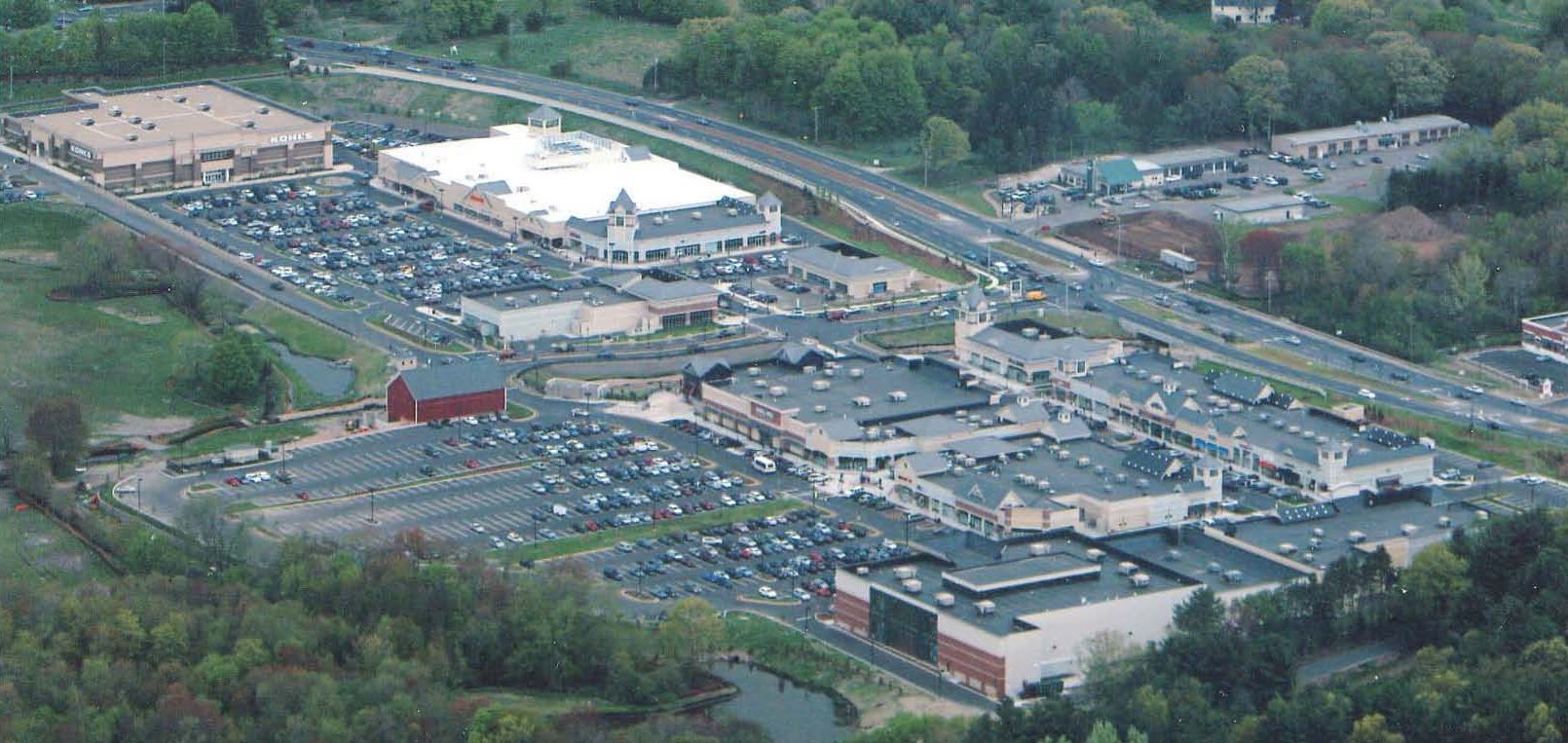3 Keys to Finishing a Commercial Construction Project on Time
Leading up to the start of the Olympic Games earlier this month, one of the main story lines revolved around the question of “Will Rio be ready?” Before the 2016 Games opened, media coverage showed crews in Rio de Janeiro putting finishing touches on new-construction Olympic facilities, and reporters speculated whether venues and the athletes village would be completed in time to welcome participants and spectators.

Now that the games are nearing their end, I can only imagine the sense of relief among the many construction professionals involved in the vast number of improvements and new construction projects that took place in the weeks, months and years before the opening ceremony. We know from direct experience with commercial construction projects large and small what it is like to work against a hard deadline that simply must be met.
In Rio, completing commercial construction projects on schedule was a matter of national pride and having the city ready to be put on the world stage. But for our clients – including retail, restaurant, shopping center, hotel, senior housing and medical center developers – hitting a completion deadline revolves around money. For any commercial construction project, regardless of the sector, every day the development is not open and occupied on time means lost revenue. As a commercial general contractor, we understand that, and we’re always looking for ways to work as efficiently as possible with our clients so we can complete projects on deadline. Here are three key factors that in our experience go a long way toward keeping construction schedules on track:
- Bring your contractor in early: The sooner you bring your commercial contractor into a project, the greater certainty your project will successfully hit key dates. When we work with a client on a design-assist or design-build basis, in which we are involved to provide counsel and input from day one, we can help build a construction schedule based on the actual opening date, and make sure the timeline is realistic for the needs of the developer, contractor, operations team, landlord and tenants.An important aspect of this is planning for important construction milestones that must happen in order to meet the opening date. For example, as the prime contractor for a 430,000-square-foot shopping center development in Connecticut, we were responsible for full-site development, including utilities and roads as well as the core and shell of the center. A key element in our planning was making sure the core and shell were complete in time so the retail tenant contractors could build out their interior spaces and be ready for the grand opening.
- Avoid budgeting speed bumps: One of the biggest roadblocks to hitting an opening date can come in the very initial stages of a project when the construction budget is set. Picture this scenario: the client and designer create a set of plans and ask the contractor to provide construction pricing. If the costs we provide are higher than they would like, it could potentially take several more rounds of adjusting the plans and re-pricing the project before the budget is finalized. This back and forth can cause huge delays before construction even begins. On the other hand, when we collaborate with the developer and design team early on, we can provide the client with current market values. By creating a conceptual construction budget concurrently with the design process, we can advise the client on design decisions to help them stay on budget, and ultimately streamline the initial stages of the project so construction can begin sooner.
- Create clear communication: Once construction begins, clear communication and scheduling on the job site and among all the players on a project is critical to hitting the completion date. As the prime commercial contractor on a multi-use development, it is our responsibility to communicate when work is going to happen that impacts things like construction material delivery, debris removal or site access, so it doesn’t delay the work of other subcontractors or tenants’ interior construction crews.One common example of this is that in order to ensure parking lots are in pristine condition for a shopping center grand opening, finish pavement is typically applied just before the opening date. We don’t want heavy trucks driving on that fresh asphalt, so the paving timeline must be shared with tenant interior contractors in advance so they can adjust their own delivery schedules accordingly.Technology has made the job of sharing schedule information for a large-scale project easier than ever. Our online construction project management platform allows us to provide key information to any number of parties – from our client and subcontractors to the tenants and operators in a new development. This level of transparency keeps everyone on the same page, and goes a long way toward anticipating scheduling issues that could potentially delay an opening date.
One of my personal mentors once told me that in commercial construction, days are weeks and weeks are months; if you lose a day, you probably really lost a week, and if you lost a week, you’re in real trouble. But by collaborating with our clients and partners, paying attention to all the details along the way and being as efficient as possible at all stages of a project, we can make sure our projects cross the finish line right on time.
Tel: 847-233-9200 x712
Questions? Comments?
You can reach me at CTaylor@eci.build
www.EnglewoodConstruction.com



